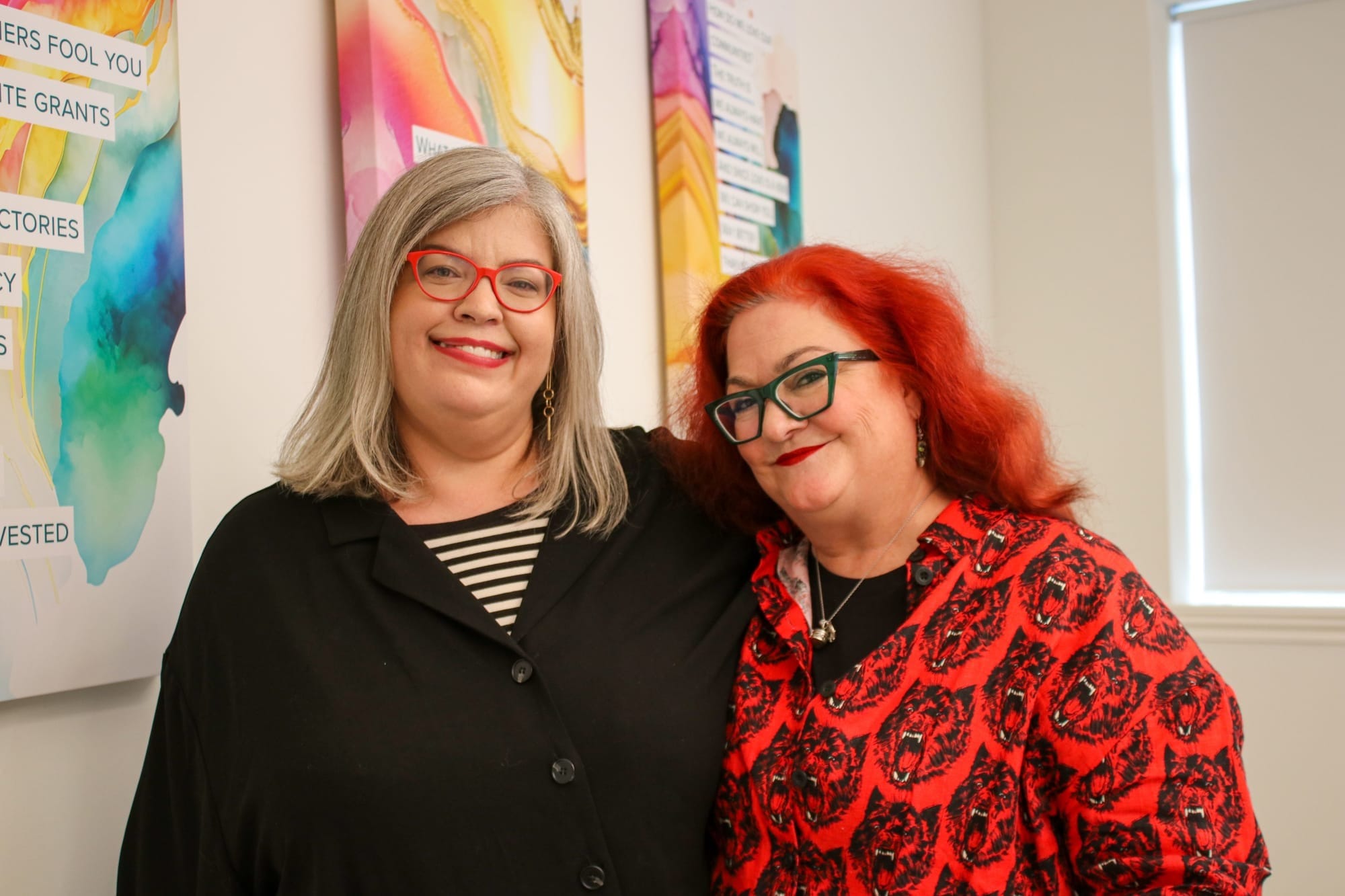
Tiny News Collective exists to support early-stage news entrepreneurs all across the United States who are raising their hands to provide community-focused news and information and places for community connection. We are who we are because of the founders we serve. And we want the journalism field, the civic information space and beyond to know about the creative, impactful work of these founders. To that end, we are thrilled to highlight their stories through an ongoing series of profiles and features.
For our latest feature, we caught up with Emily Christensen and Teri Mott (pictured above), co-founders of The SHOUT, an online publication covering arts and culture in Wichita, Kansas, and the communities that surround it. In 2023, The SHOUT was one of three publishers chosen to receive funding in the Wichita Foundation’s Info Challenge, a partnership with Tiny News Collective. The duo talked about the challenges of artists working in the Midwest, the trials and eventual triumph of their crucial arts calendar, and their vision for expanding into exhibitions and even film screenings.
Note: For the Q&A, Emily and Teri drafted different responses and then rewrote them collectively, so each answer represents both of them. Now, that’s a partnership!
1. What's the origin story of The SHOUT?
While news outlets in Kansas publish some arts coverage, there hasn’t been a full-time arts journalist or an alt-weekly in the entire state of Kansas for quite a while.
Over the past five years, both of us have been fellows of the National Critics Institute at the Eugene O’Neill Theater Center. Learning alongside talented critics and arts writers from all over the United States was a galvanizing experience. NCI taught us about the importance of arts writing and criticism as a record of creative activity, a way to honor and preserve the work of artists in our community. You might say if journalism is the first draft of history, then arts journalism is the first draft of art history.
We also know that our middle-of-the-country location makes artistic success challenging for Kansas artists.
“The downside of midsize and small American cities not having arts reporting is that they’re going to be more marginalized in the conversation,” Hyperallergic editor Hrag Vartanian says in the documentary “Out of the Picture.”
We want to bring the work of Kansas artists into the center of larger conversations happening in the United States.
2. Was there a particular moment or story on The SHOUT that made you feel like you made an impact in the arts community in Wichita?
In our second month of publishing, Rachel Curtis, shared the link to a review of her work on social media with this comment: “Imagine spending 10 years of your life making work and wondering if it’s communicating what you intended, only to have someone come along and perfectly articulate everything you were trying to say.”
In that moment, it felt like we were succeeding in what we were trying to do for the artists in our community. That sentiment has been echoed by numerous artists and performers in the past year and a half.
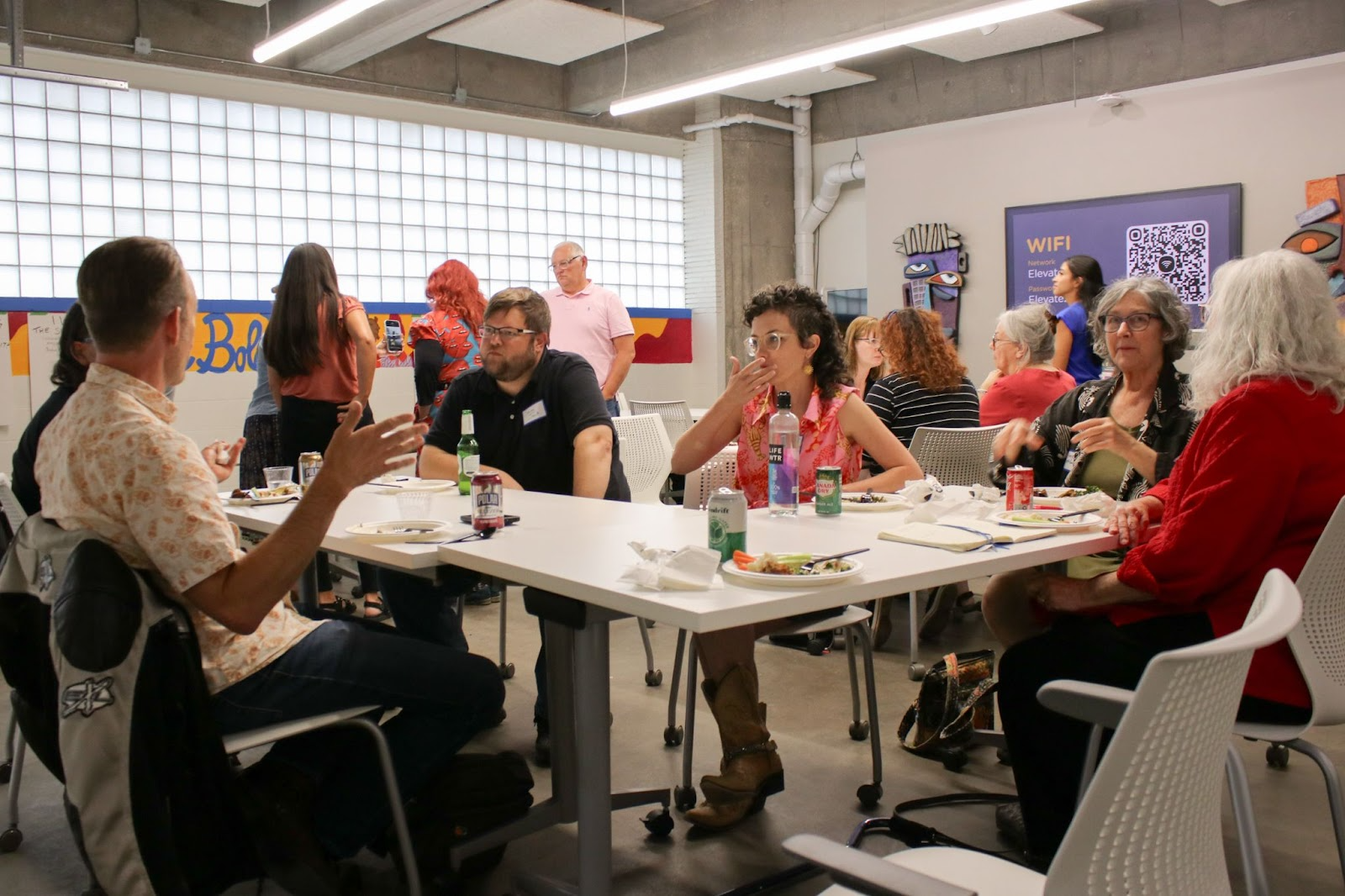
Of course, we want to serve arts audiences, and we hear near-constant feedback about how our editorial coverage, calendar and newsletter have prompted our readers to attend events and try new experiences.
We’re also building a community of talented arts writers, journalists, editors and photographers — every one of whom is paid for their work for The SHOUT.
3. How important has the events calendar been, and what were the challenges in getting that right?
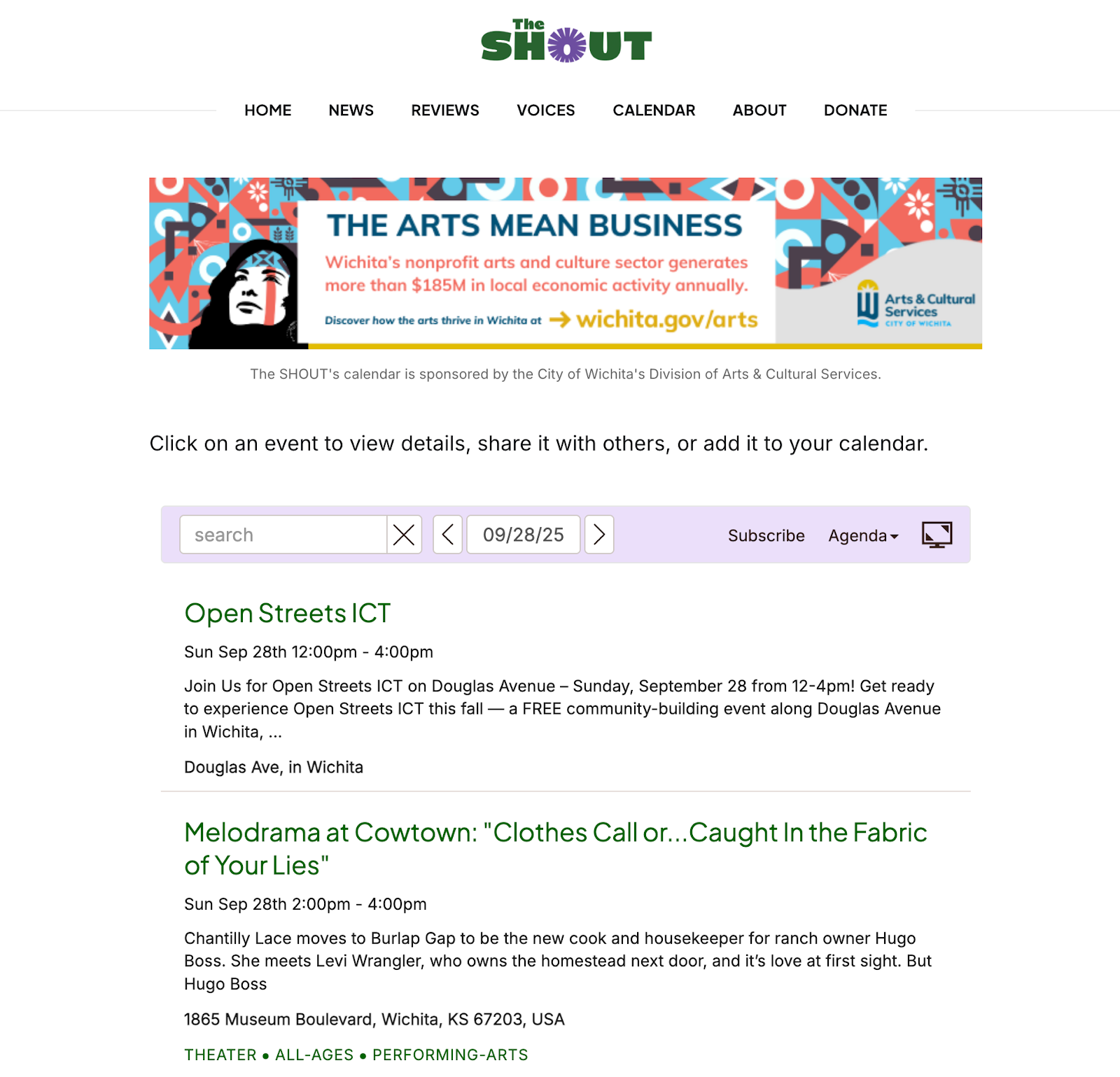
The events calendar (see above) was the number one thing art audiences in our community felt was missing, and it is a major focus of The SHOUT. It was surprising how many people are at a loss when it comes to discovering what entertainment is available, the cost and other basic information.
While some folks have tried to create an inclusive event calendar for Wichita over the years, there was never one with a specific focus on arts and culture with any staying power. And there’s a reason for that.
Wichita has an astonishing number of visual and performing arts organizations and cultural institutions for a city of its size, and running down the details of their events is a heck of a lot of work. Most venues are not good about consistently providing info about their concerts, exhibitions, plays and such, and many reach out just a few days in advance of the event. Maddening!
We started with a page on our website where we posted documents that listed everything in chronological order by category. This was very time consuming and barely searchable. We watched the number of our viewers drop dramatically after the first monthly update. Readers were just not using the calendar the way we had hoped. We continued to hear that it was a needed resource, but the way we were handling it was not meeting the need.
After four months, Emily pivoted and took a different approach that is much more user-friendly. We use a dynamic, third-party platform called Tockify to facilitate search by location, type, date and many other criteria. Our calendar is now a more valuable tool to our readers, and readership continues to grow month over month. Putting it together is still time consuming as hell, but now our audience is consulting it more often and that, of course, is what we want.
4. What's your business model for The SHOUT, and what are new potential revenue sources?
We have had the tremendous good fortune to receive funding from the Wichita Foundation, which leads Press Forward Wichita. We launched The SHOUT with an initial $30,000 grant, and the foundation reinvested in our newsroom in our second year.
Of course, we know that long-term sustainability requires diversification of funding, and right now we are concentrating on reader revenue through end-of-year fundraising campaigns, donor cultivation and monthly supporters.
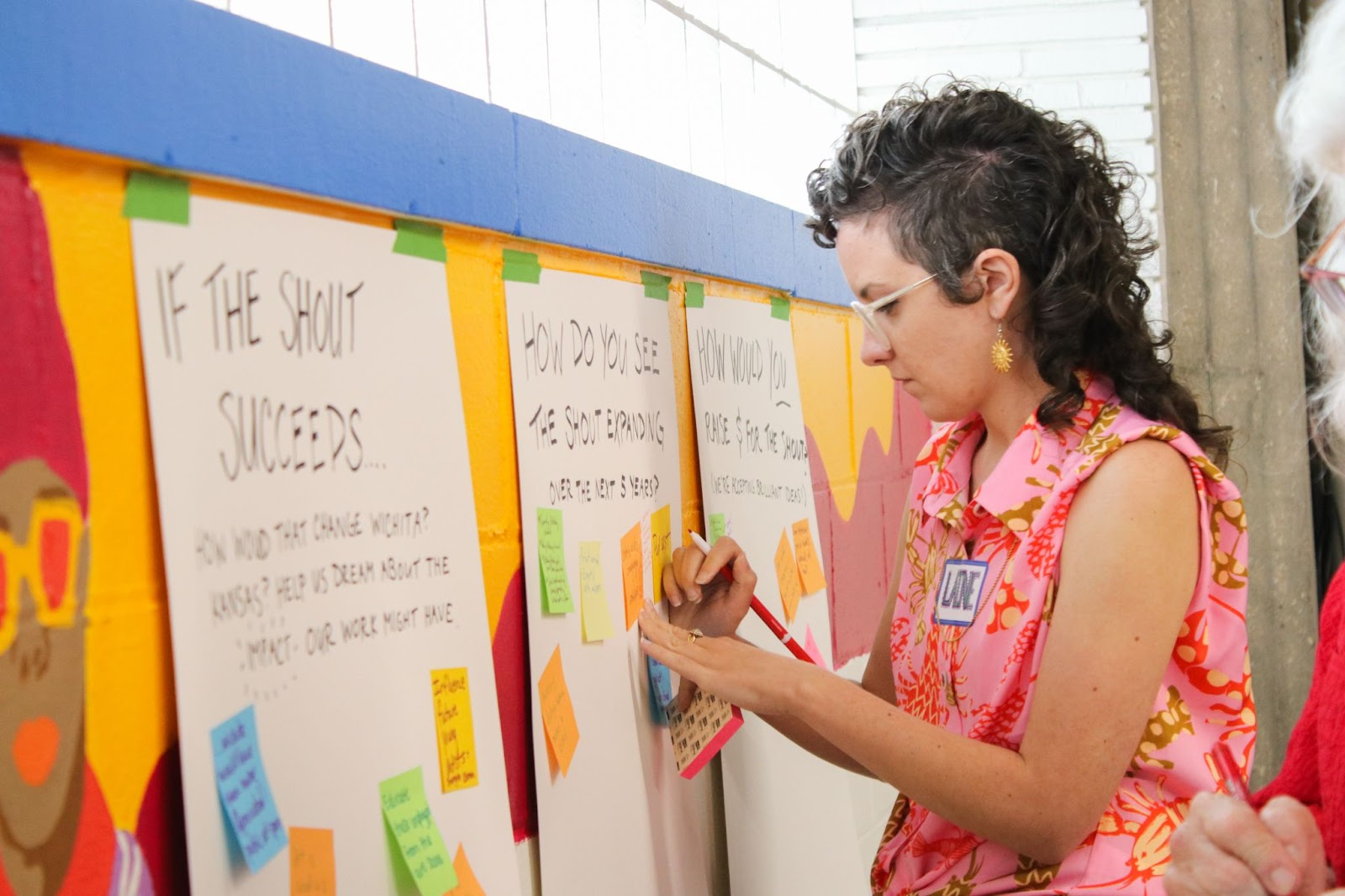
We’re also working on establishing an advertising program. We have a small but dedicated — and rapidly growing — audience, and our newsletter and website are hands-down the best ways to reach people in our area who are interested in the arts.
We hope that our stewardship of the Press Forward Wichita grants will demonstrate to potential future funders how we can turn investment into impact.
5. What's your vision for The SHOUT and what it might become in the future?
We dream of a future where everyone in Kansas knows the artists in their communities and feels empowered to participate in and support their work, whether that’s as an audience member, cheerleader, art-buyer, patron, volunteer or collaborator.
To get there, we hope to expand our editorial coverage, run more stories and reviews about work happening around Kansas, refine our calendar and get better at social media. We’re looking forward to upcoming experiments with exhibitions, film screenings and more creative ways to share our work and vision.
Featured image is of Emily Christensen (left) and Teri Mott (right). (Photo courtesy of Wichita Foundation)
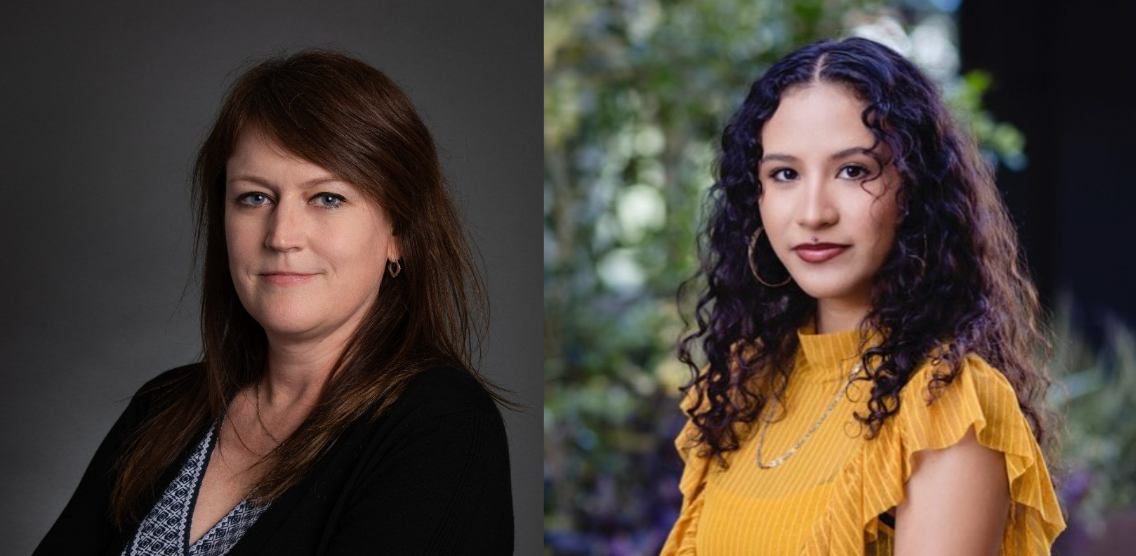
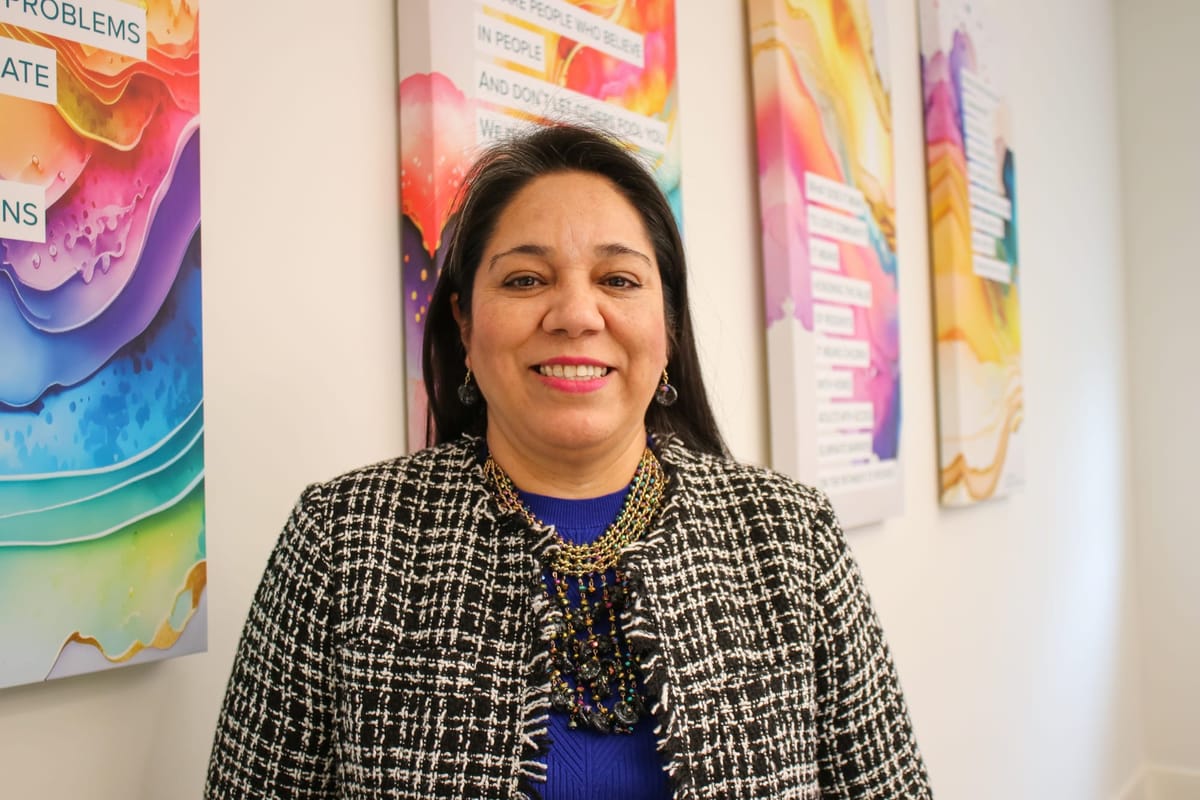
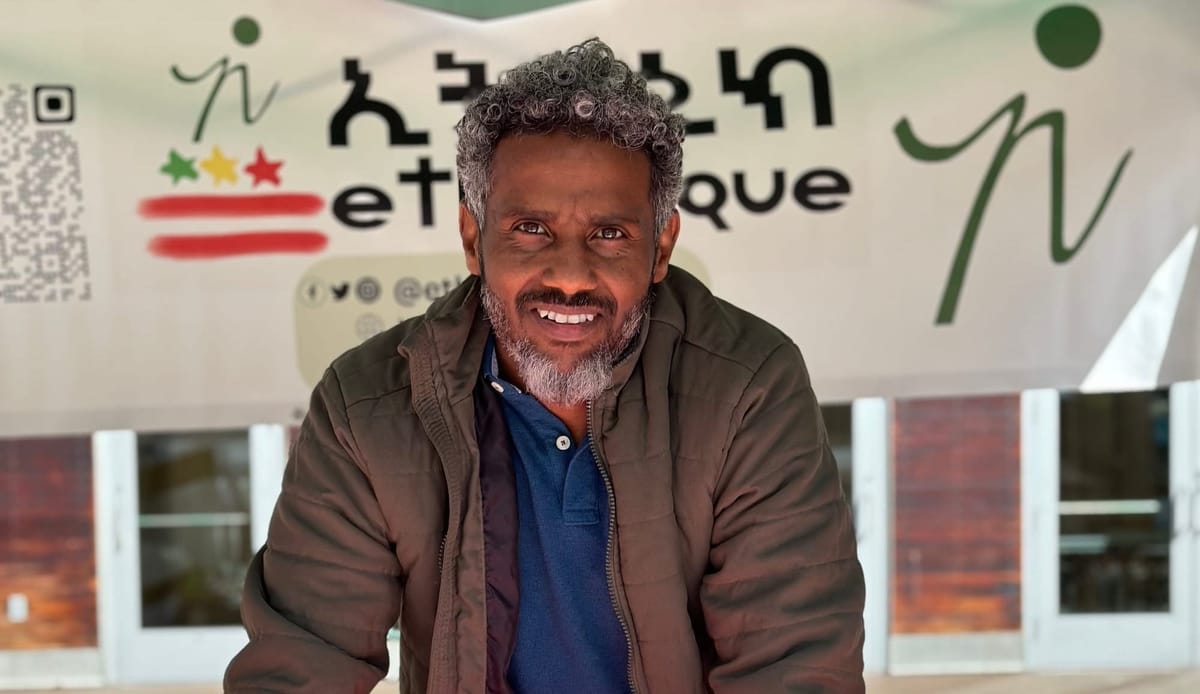
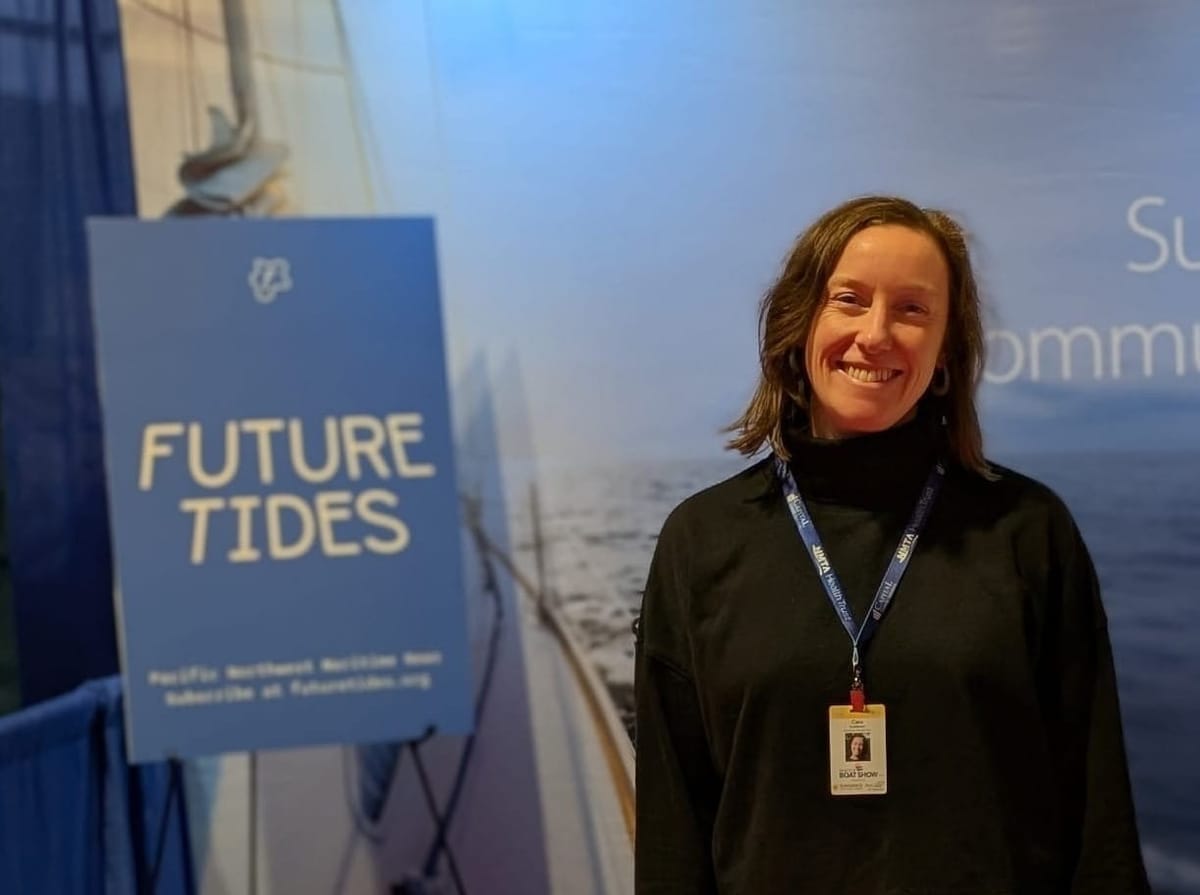
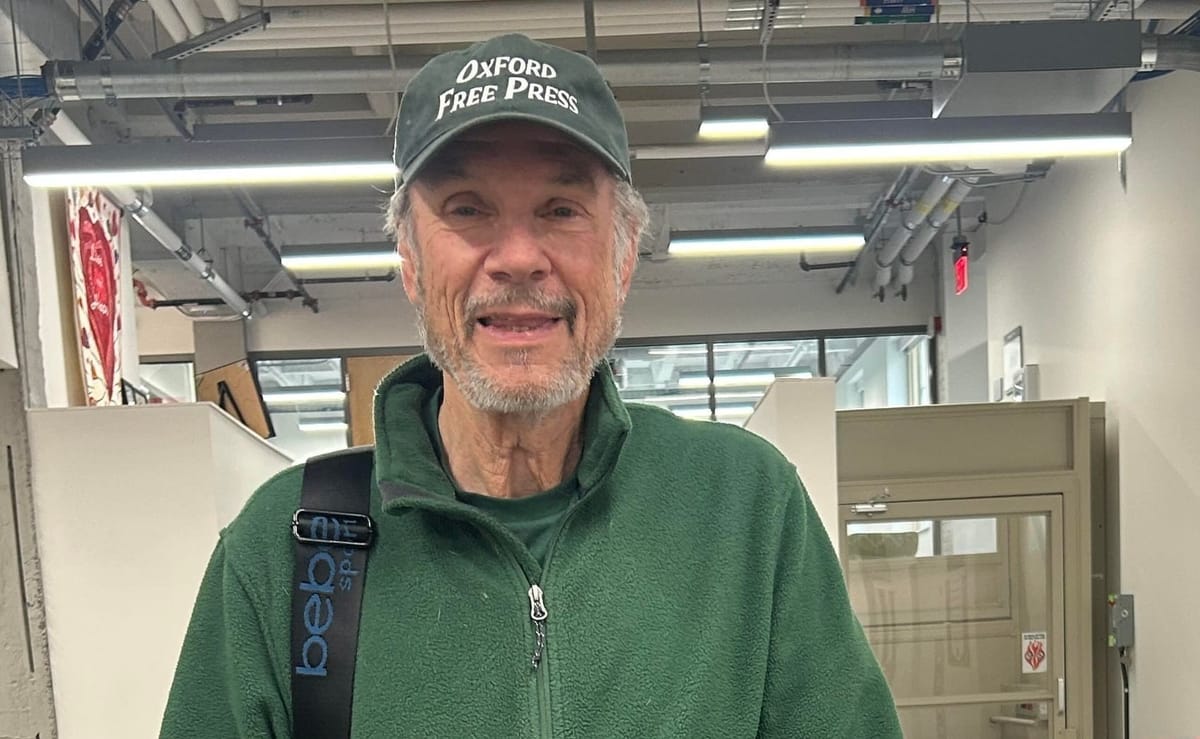
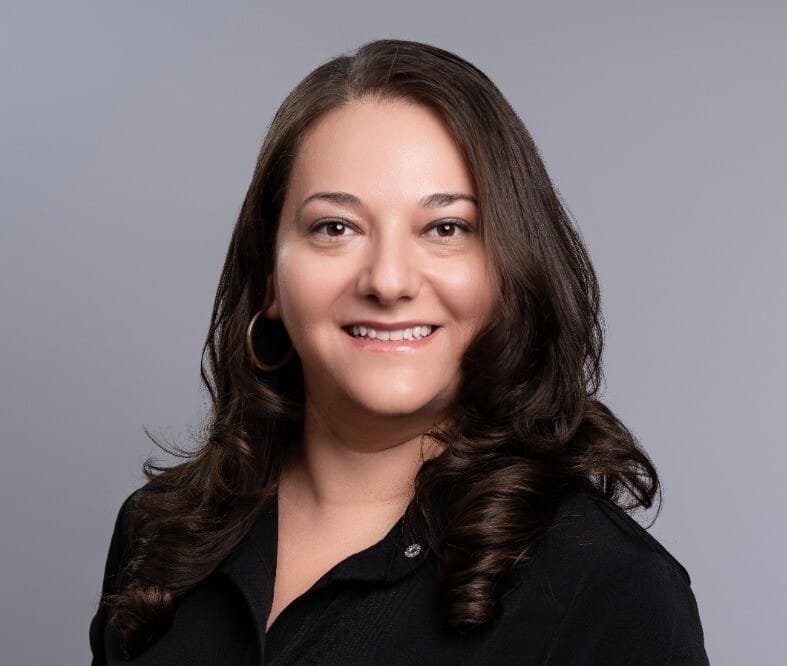
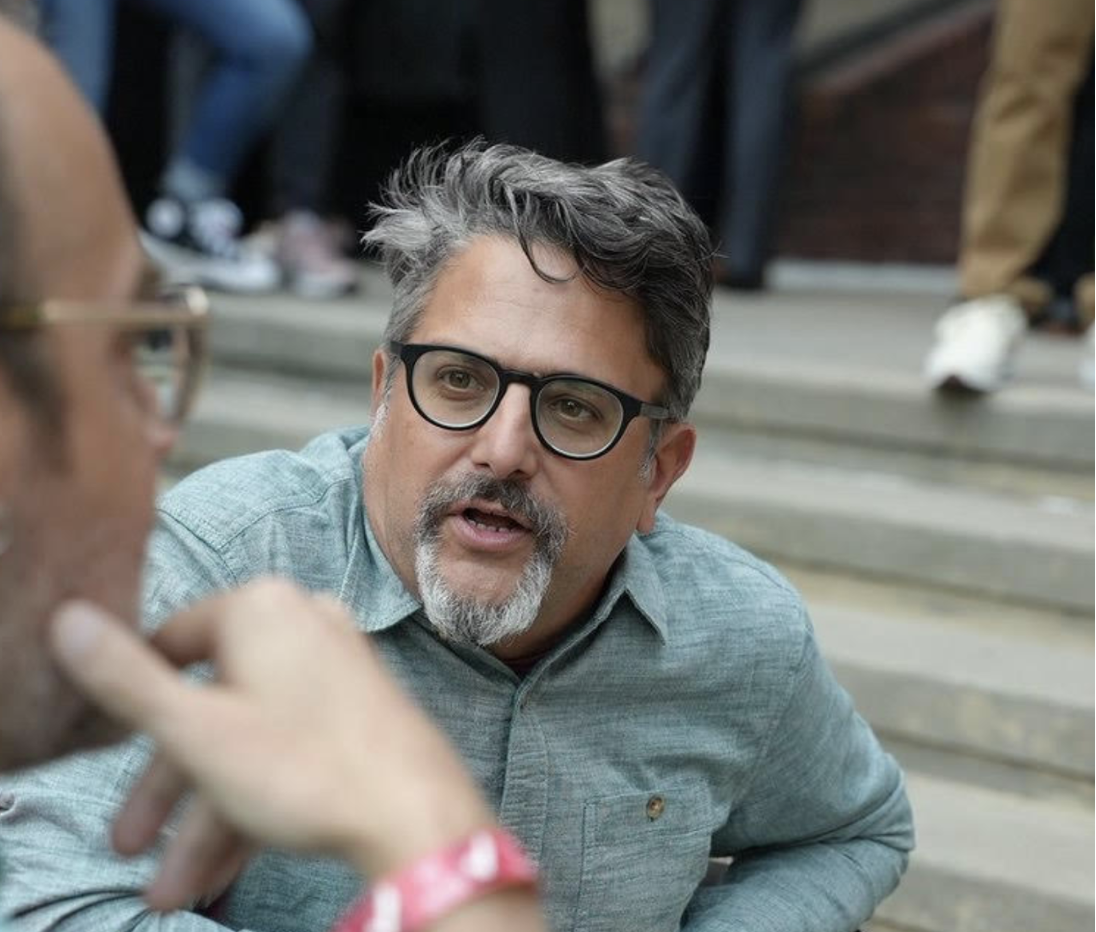
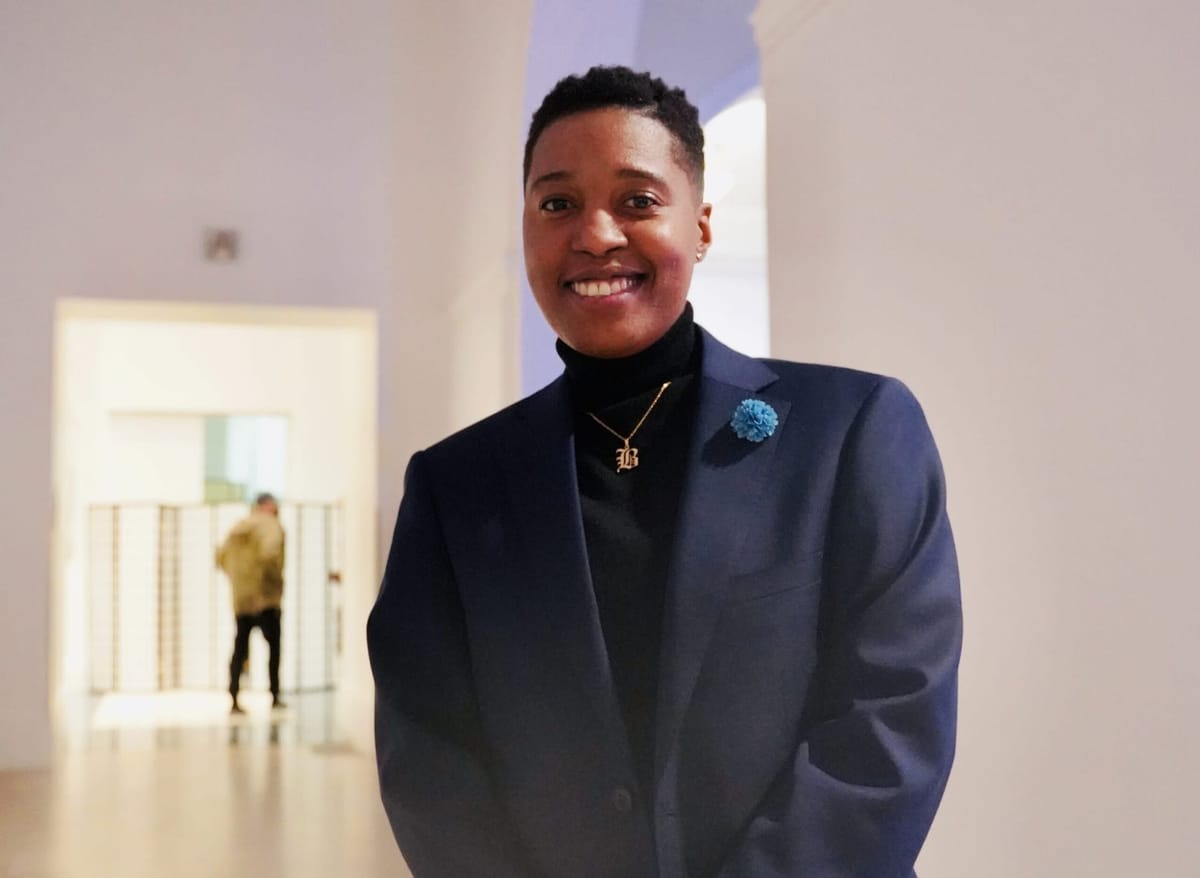
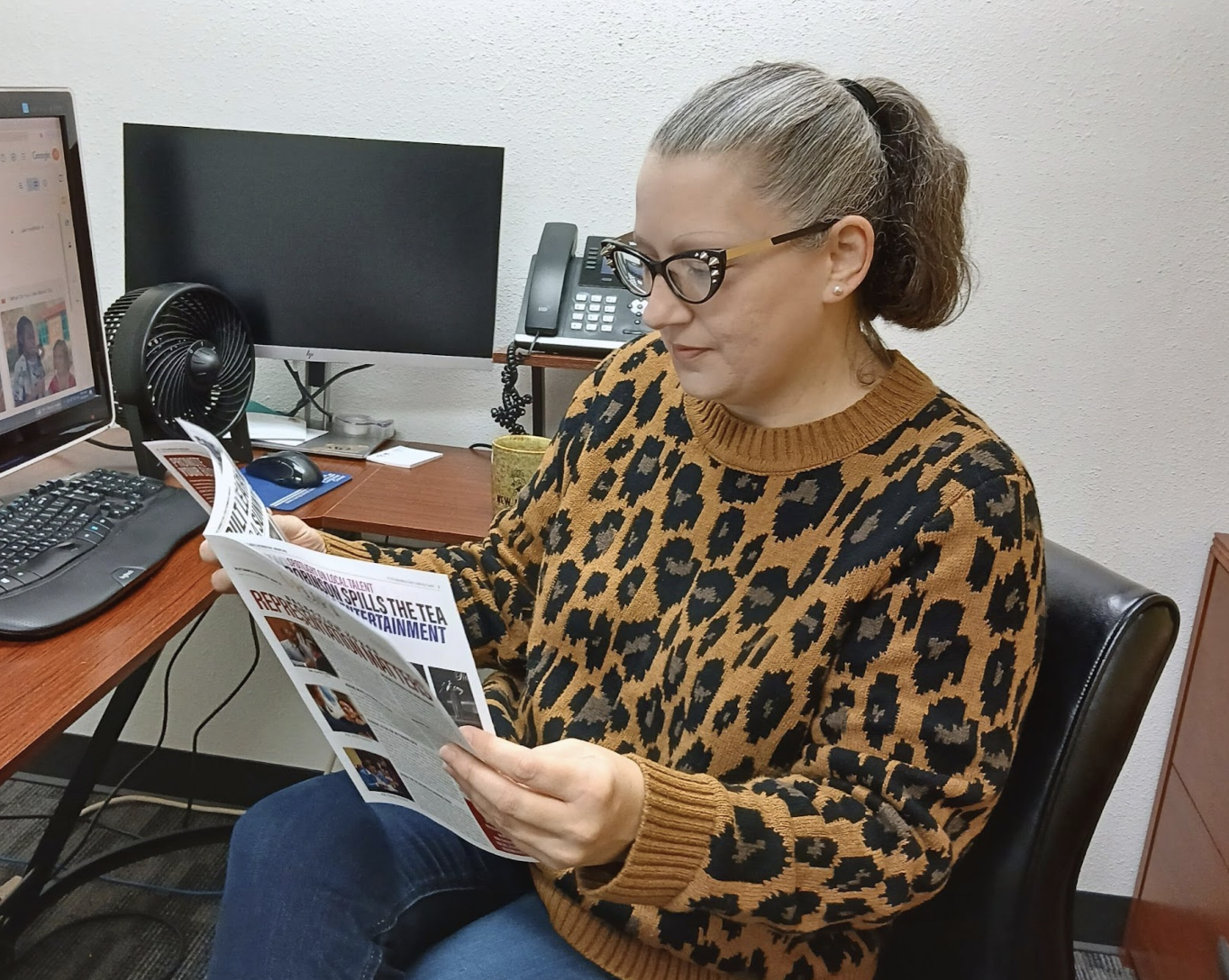
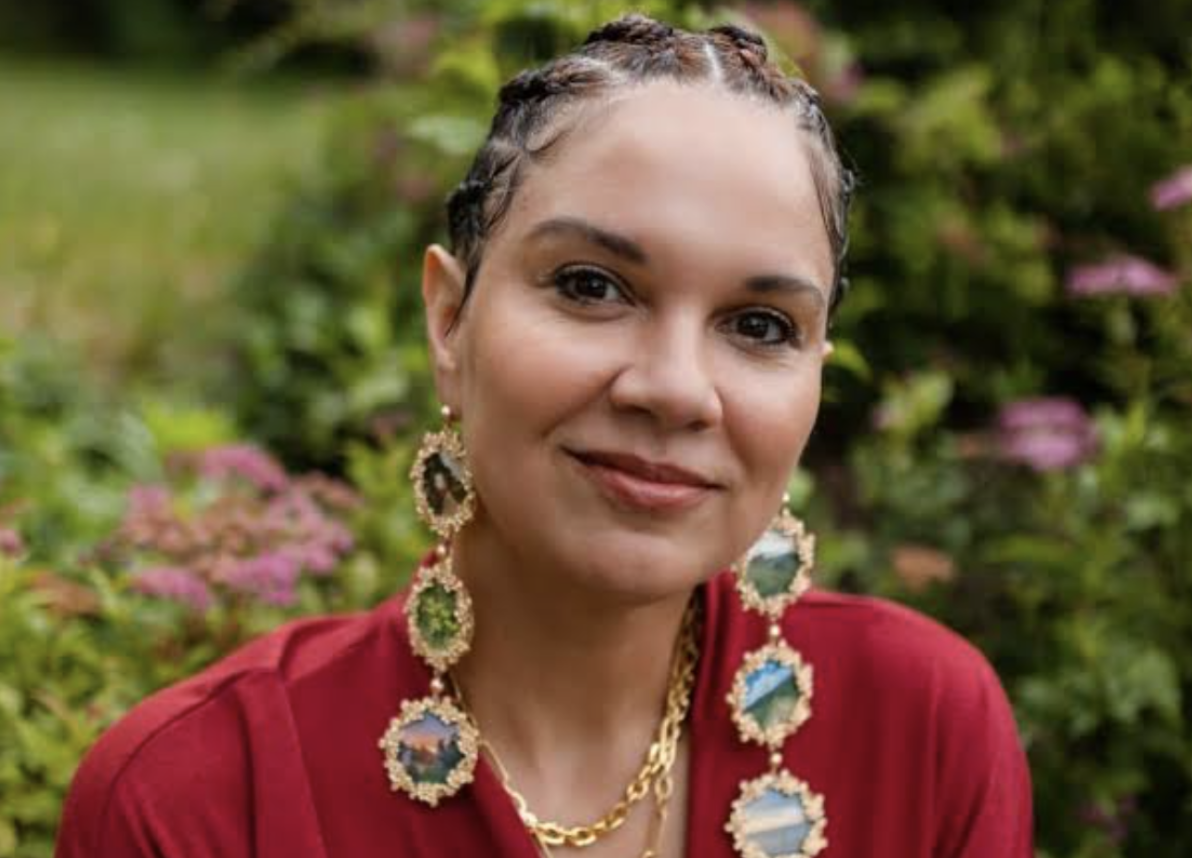
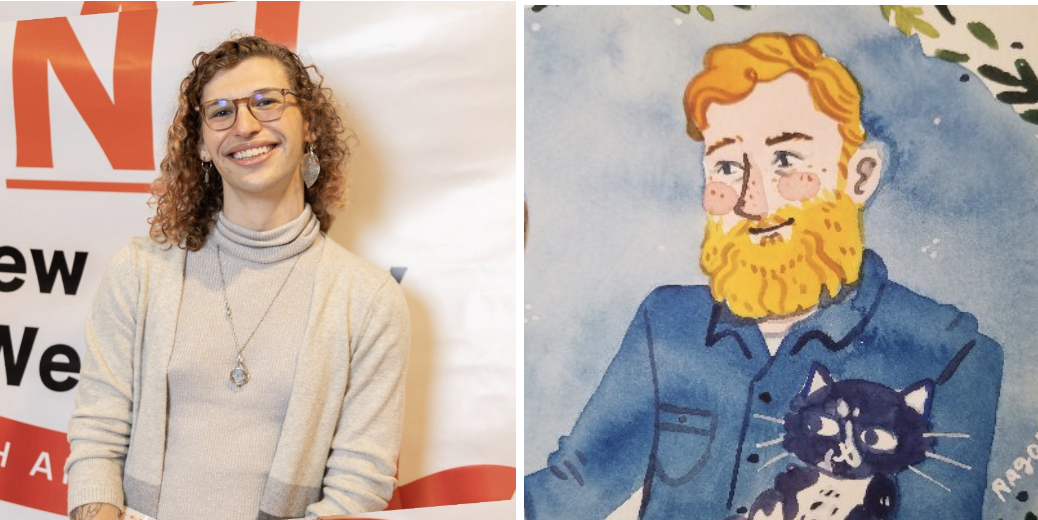
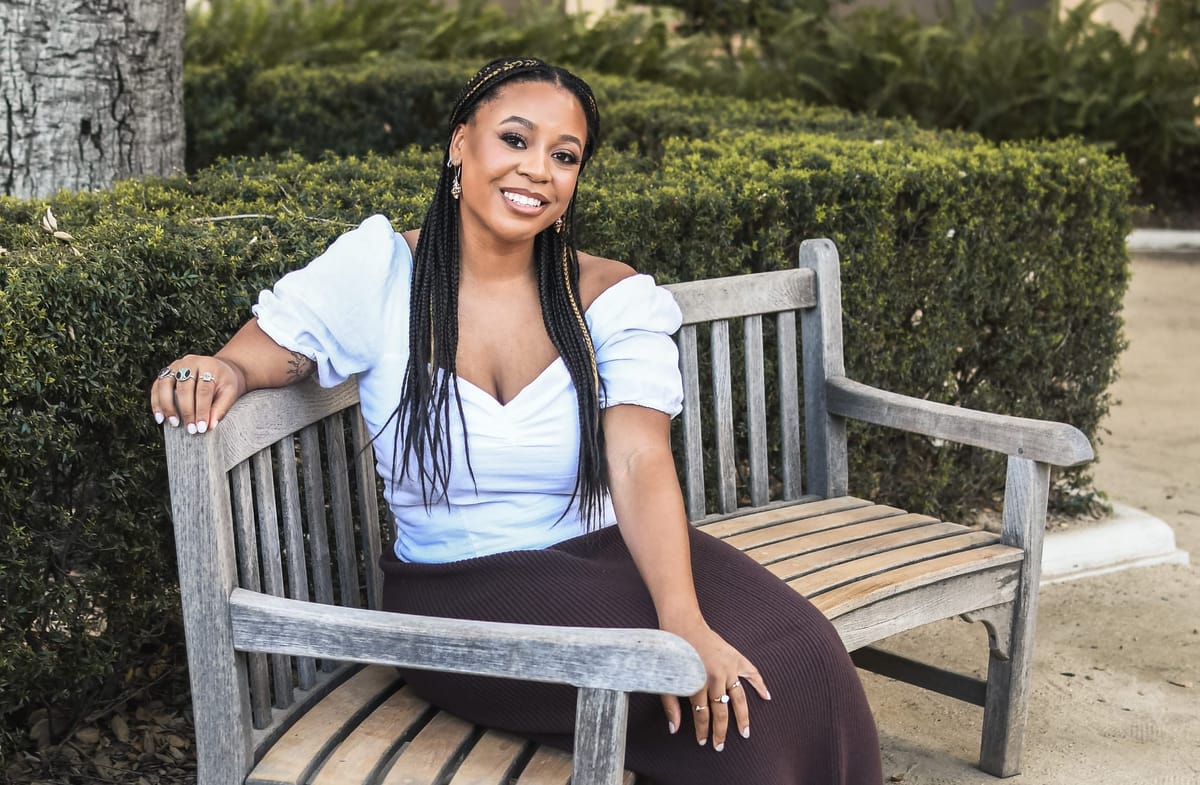
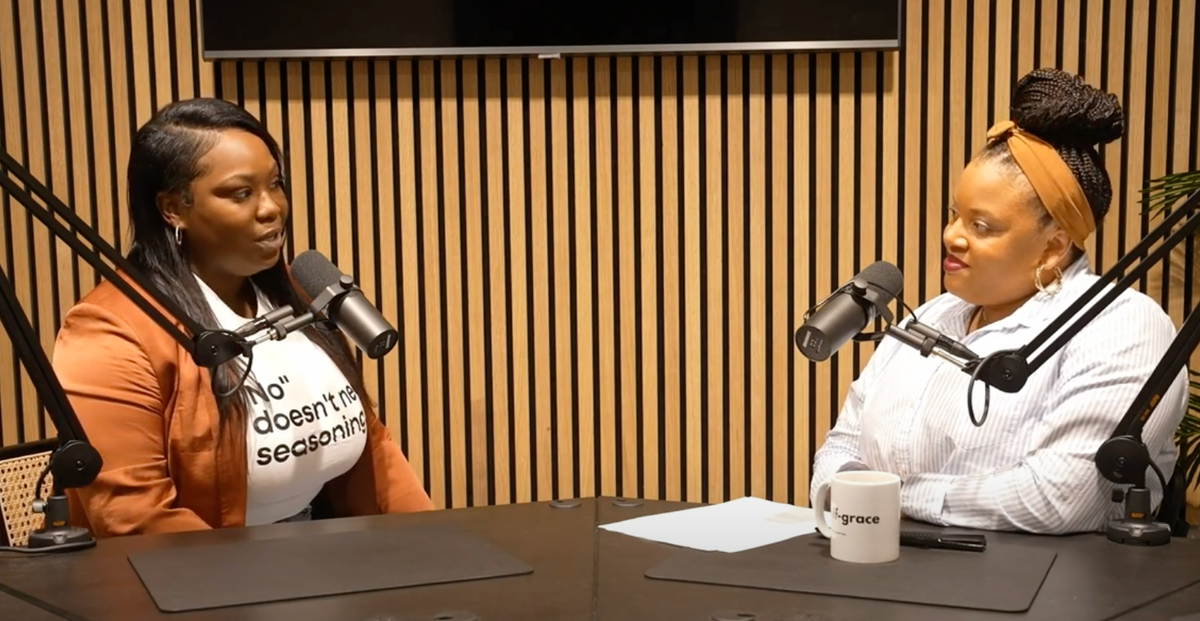
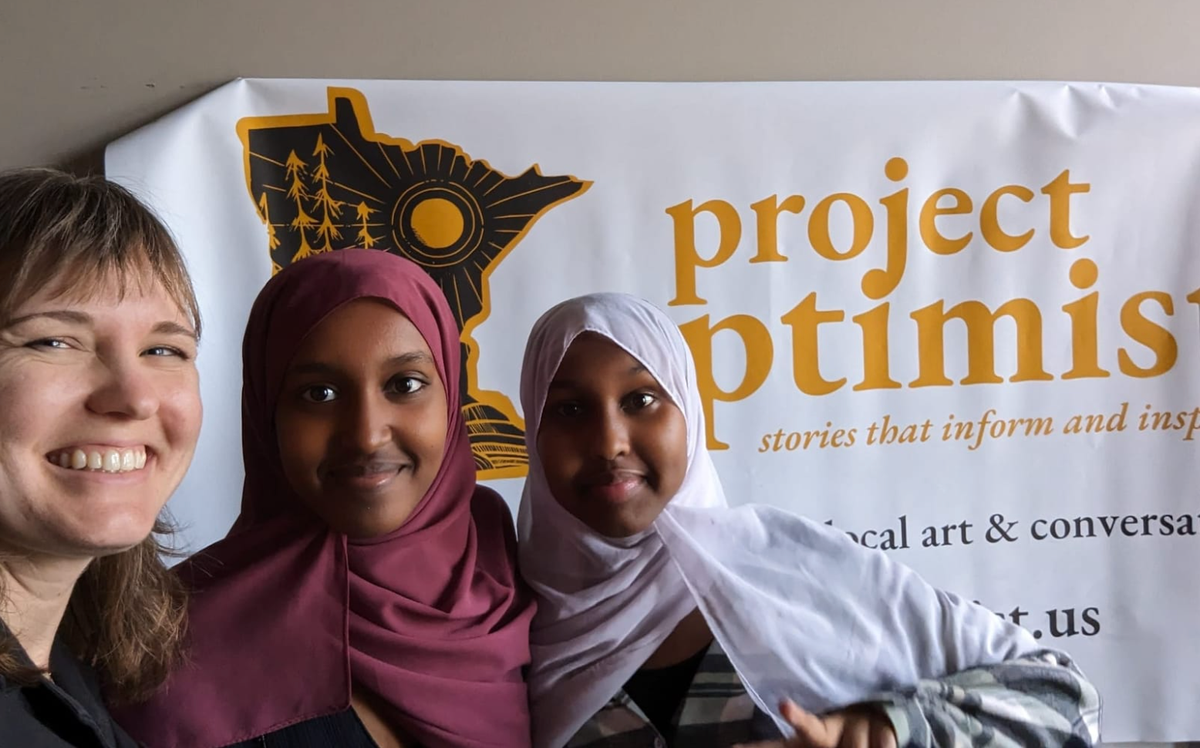
Sign up for our monthly newsletter for ongoing updates, announcements, and resources for newsroom entrepreneurs.